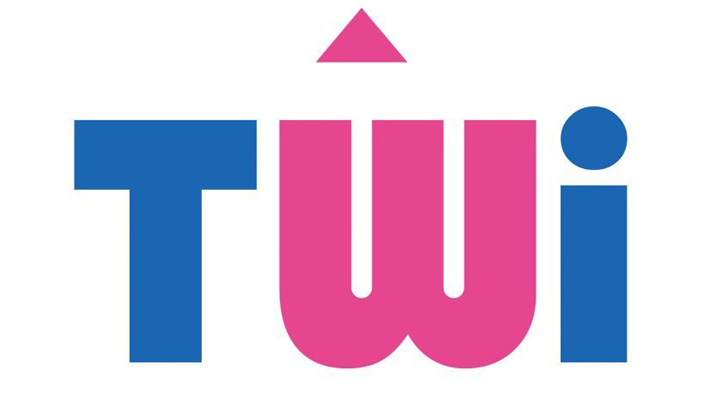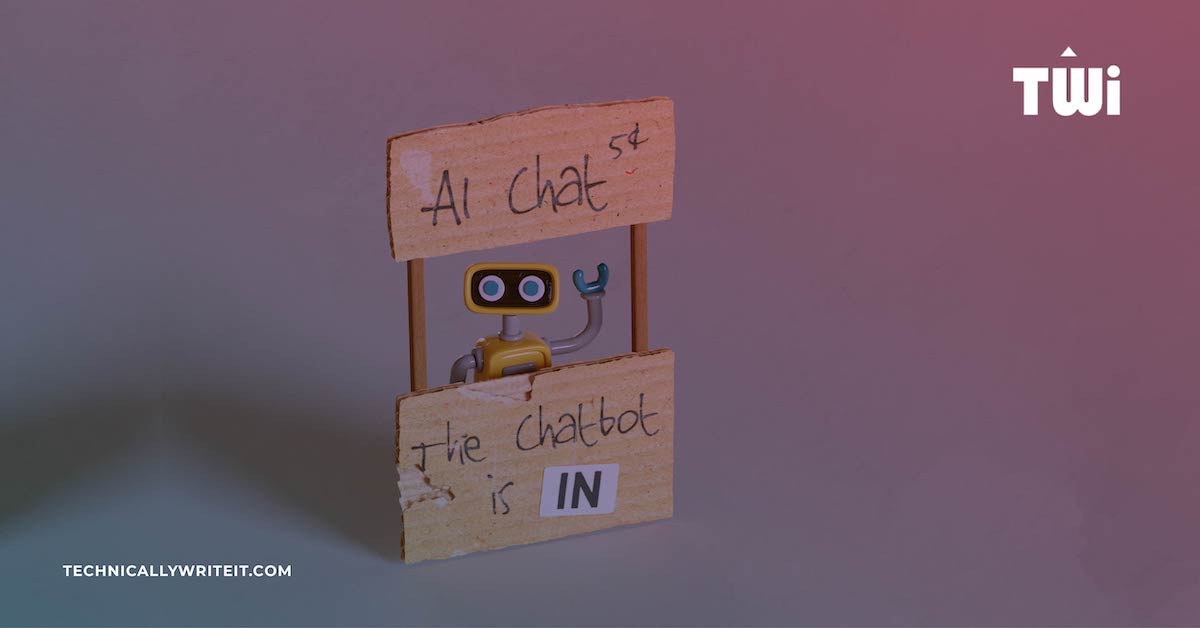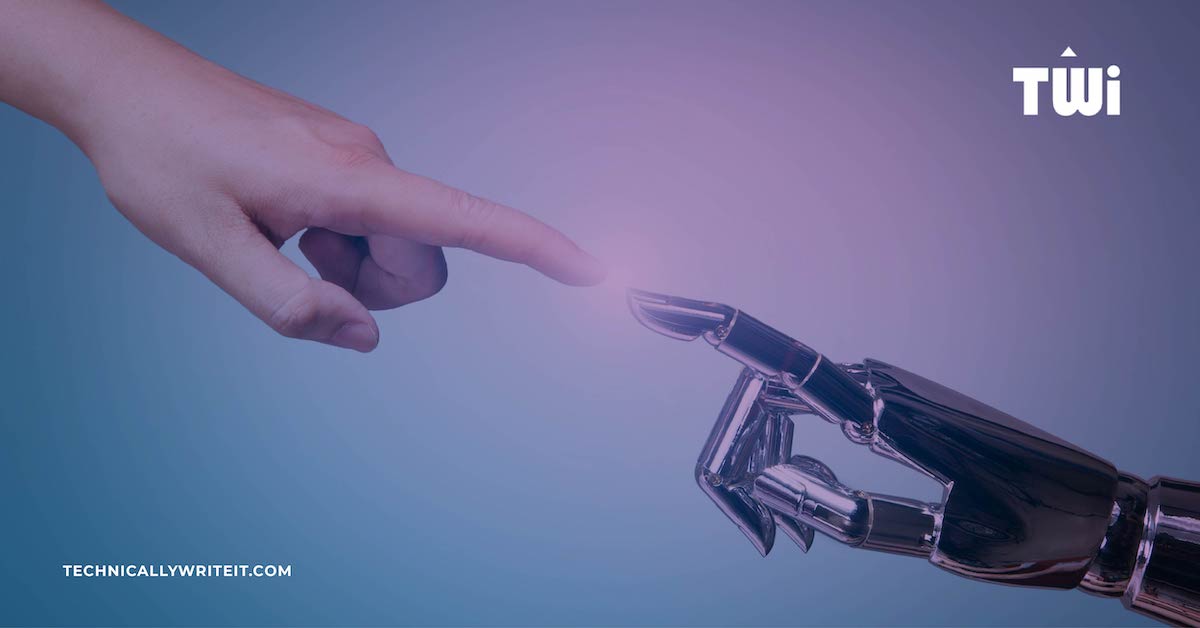This article about Intelligent authoring was originally published in the 2024 edition of the Manufacturing & Supply Chain Buyers Guide
Industry 4.0’s cutting-edge technology has dramatically transformed every part of the product manufacturing process, from R&D to supply chain. Automation and digitization have heralded breakthroughs in efficiency and productivity. Now, the Fifth Industrial Revolution is capitalising on these advantages while also prioritising human involvement in collaboration with AI.
There has never been a better time to review your company’s manufacturing procedural content to ensure it is revolution-ready as the move from documents to data is well underway. Whether paper-based or paperless, if you create your own procedural content such as SOPs and work instructions in MS Word and review PDF outputs, you hold the key to speeding up your manufacturing process, improving efficiency, reducing error, and driving sustainability goals.
Intelligent authoring has existed for decades, but this novel approach tailored for regulated industries like Pharma, BioPharma, and Medical Devices holds significant promise. Current authoring processes are labour-intensive, with long review cycles necessitated by quality assurance and underpinned by robust change control. These rigorous checks are critically important, but better results can be achieved quicker, cheaper, and more reliably by using intelligent authoring.
What is intelligent authoring?
Intelligent authoring is the creation from scratch of human-generated machine-readable content. Instead of single long-form documents, such as SOPs, the whole content is made up of separate small segments, known as chunks. Each chunk is XML-tagged and can be seamlessly reused across numerous documents. This means even minor content amendments can be made quickly and accurately whilst also complying with Change Control processes.
Editability is built in at source, streamlining the quality control process. Each chunk of text is checked at the point of creation. The complete document is then automatically assembled, based on rules using parameters and checks set in the system. The system can also create tagged content for later use, handle conditional and variable content, and intake approved data from other locations. The more structured the source content, the greater the opportunities for flexibility down the line.
Intelligent authoring – a driver of the Fifth Industrial Revolution
Industry 5.0 is the natural extension of the technological advances that have occurred in recent decades. The aim of the latest revolution is to unite the practicality and efficiency of mass production with the uniquely human qualities of intuition and vision. The creative solutions of the future will be green, sustainable, and socially responsible. The personal touch that has been all but lost in the race to automate is now viewed as a major differentiator for a company.
The life sciences industry is constantly looking for ways to improve delivery of products safely, speedily, and consistently to patients at time and location of need. Hyperautomation and advanced analytics are helping to streamline the manufacturing process. Intelligently authored content applies a similar level of technological innovation to create high-quality documentation that derives from a single source of procedural truth.
Intelligent content is agile and adaptable, able to react fast to changing circumstances. It is cost-effective to update and easy to customize. It is consistent across all language versions and accessible across all platforms and devices. It is fully machine-readable, simplifying taxonomy-based searching and providing a rich audit trail. As the Fifth Industrial Revolution brings the best of human and machine closer together, intelligent authoring is setting the benchmark for the content creation of the future.










